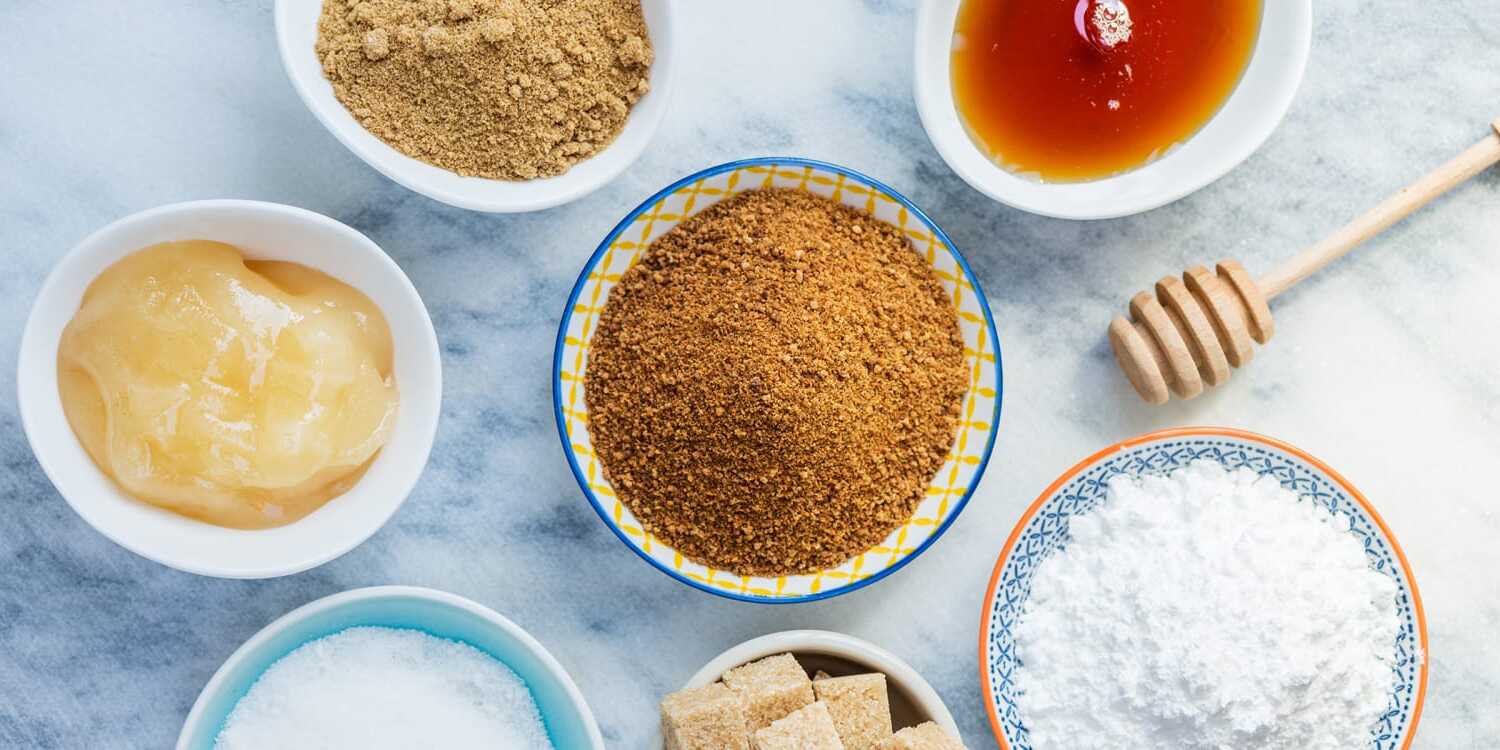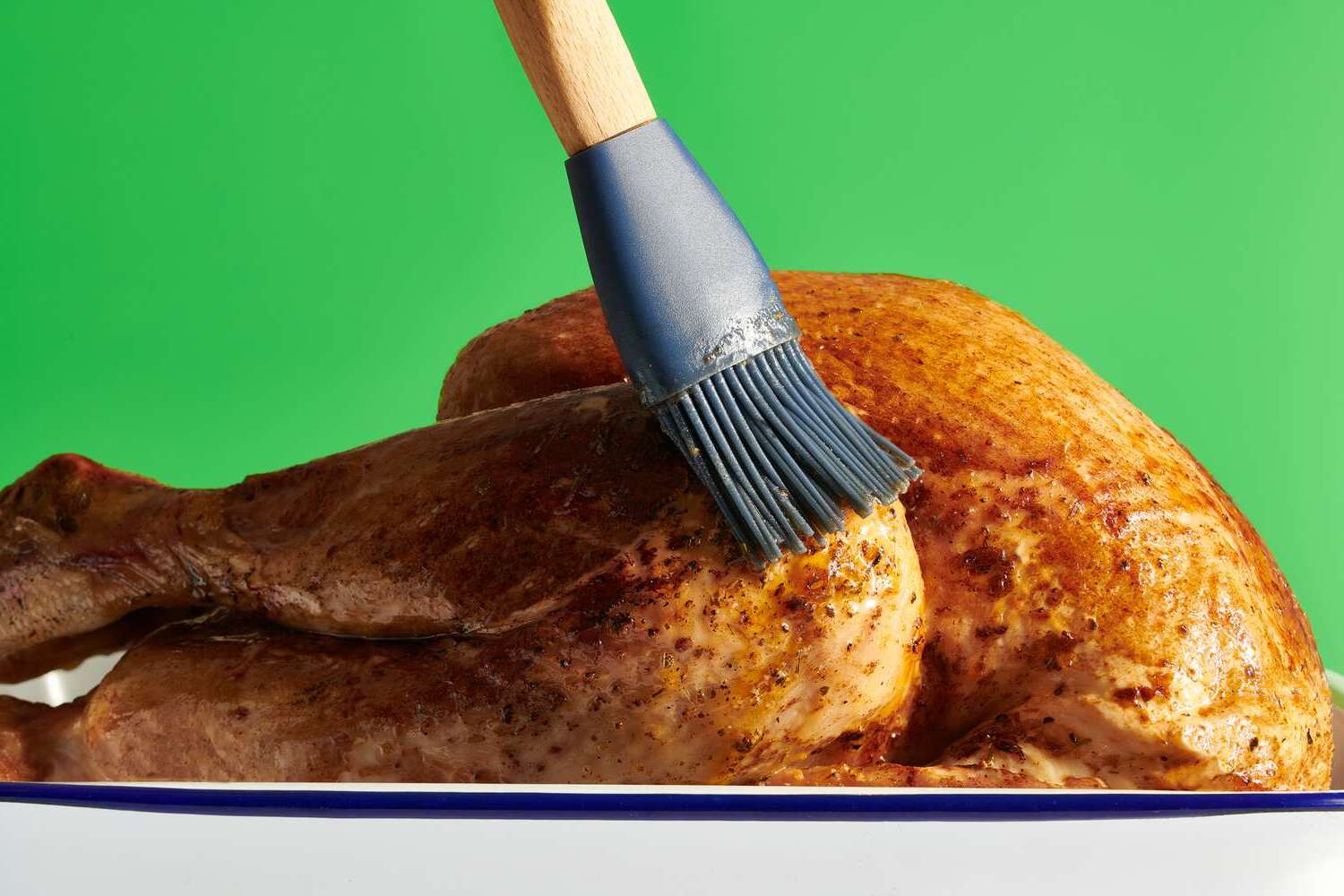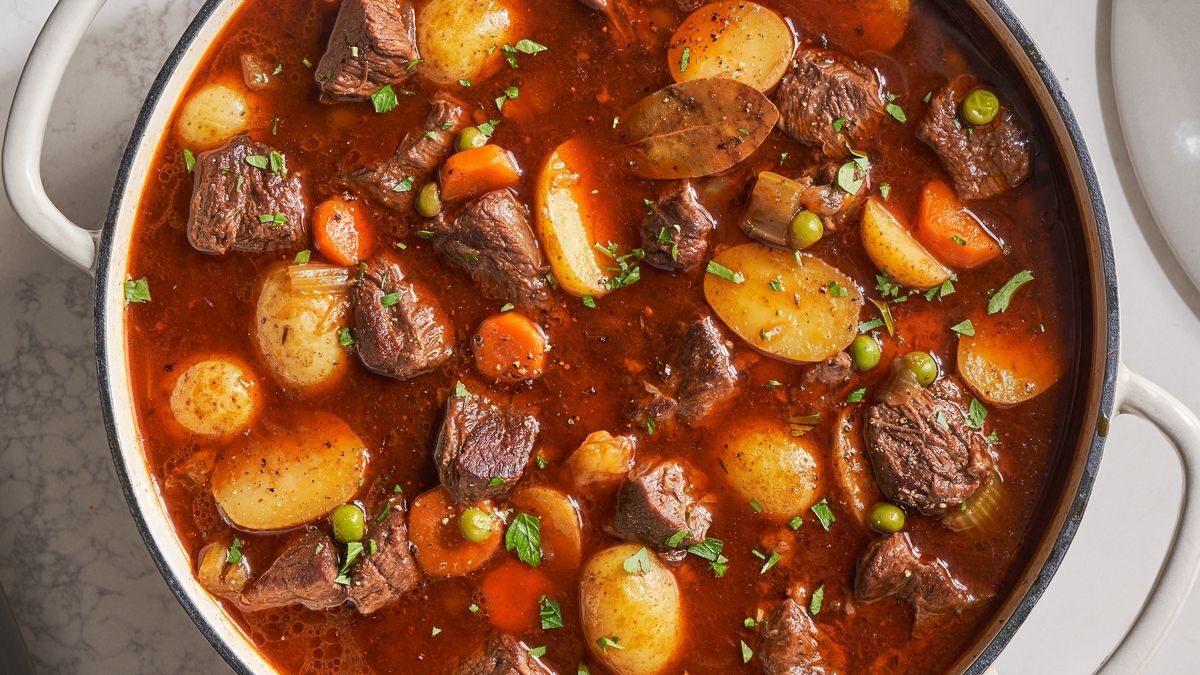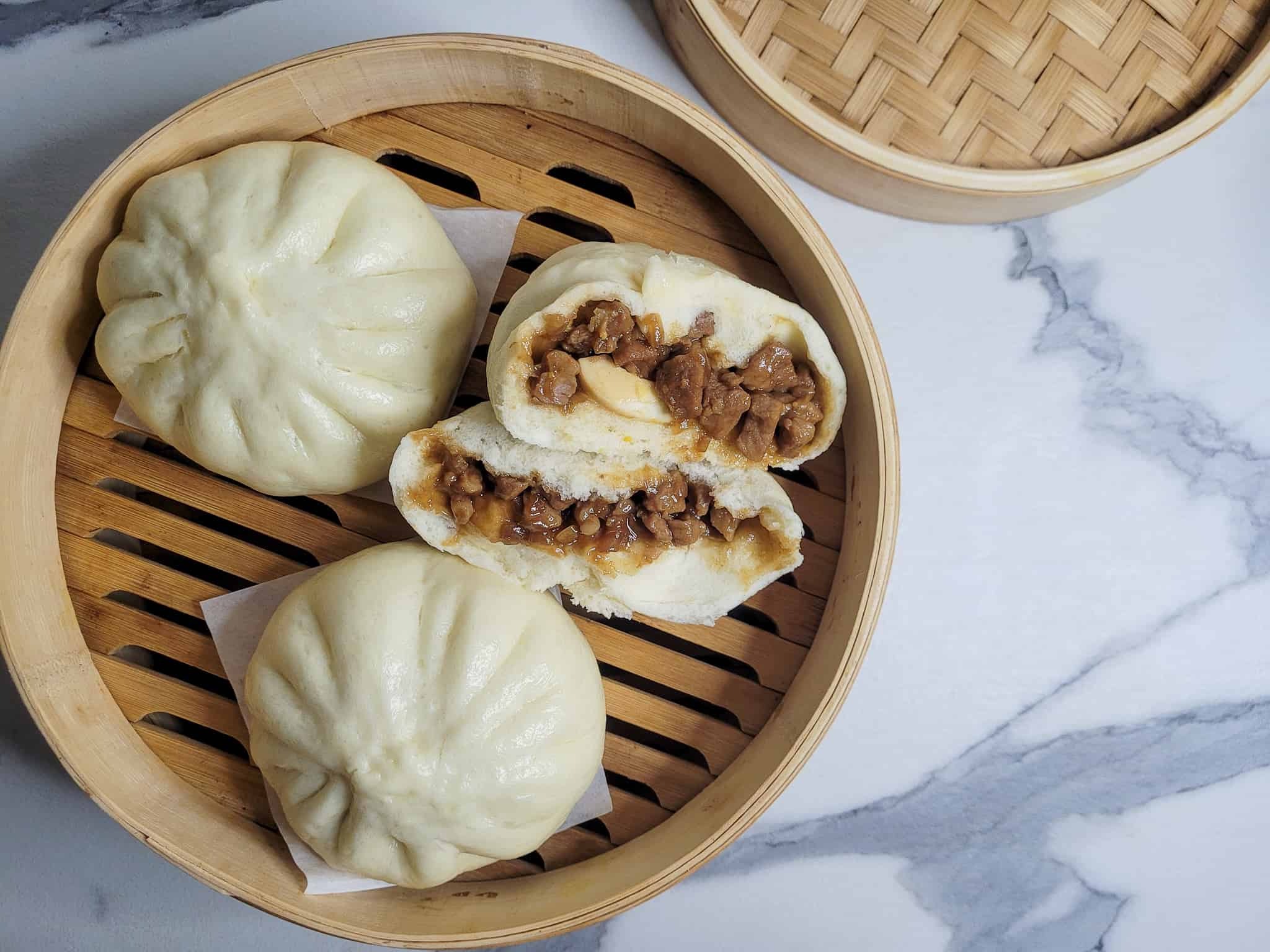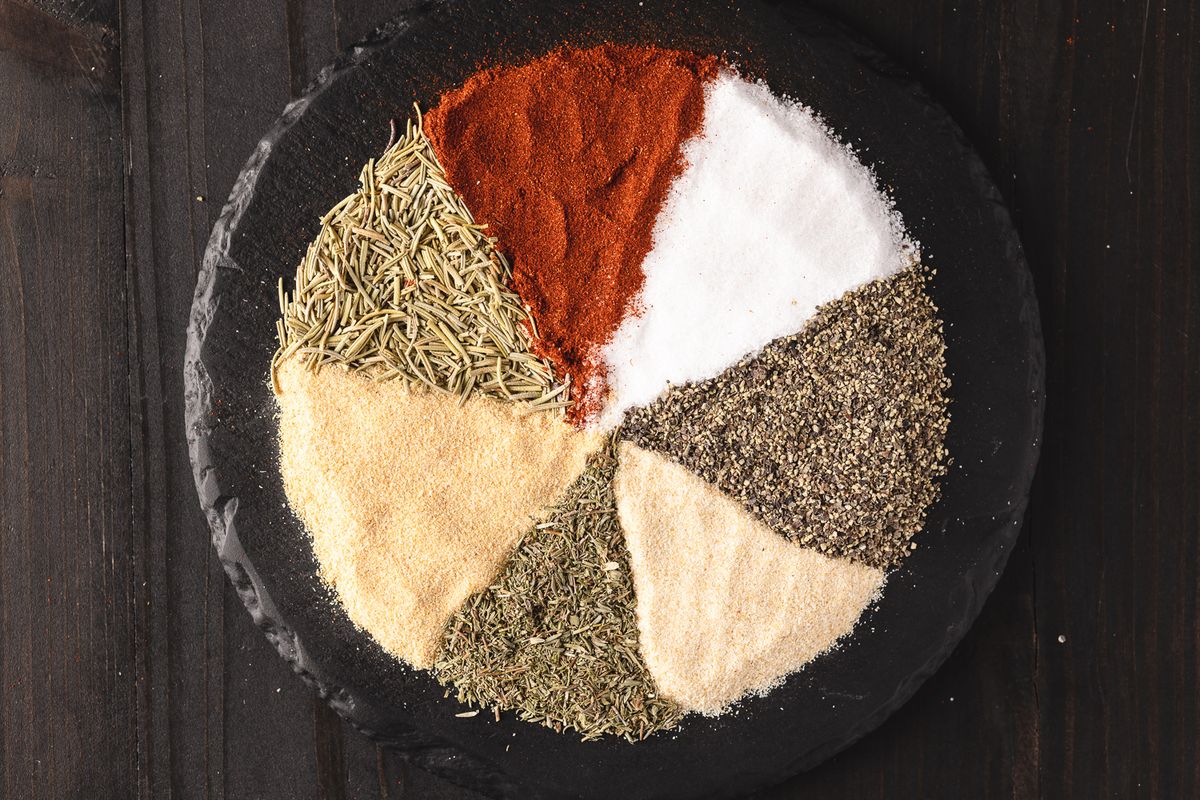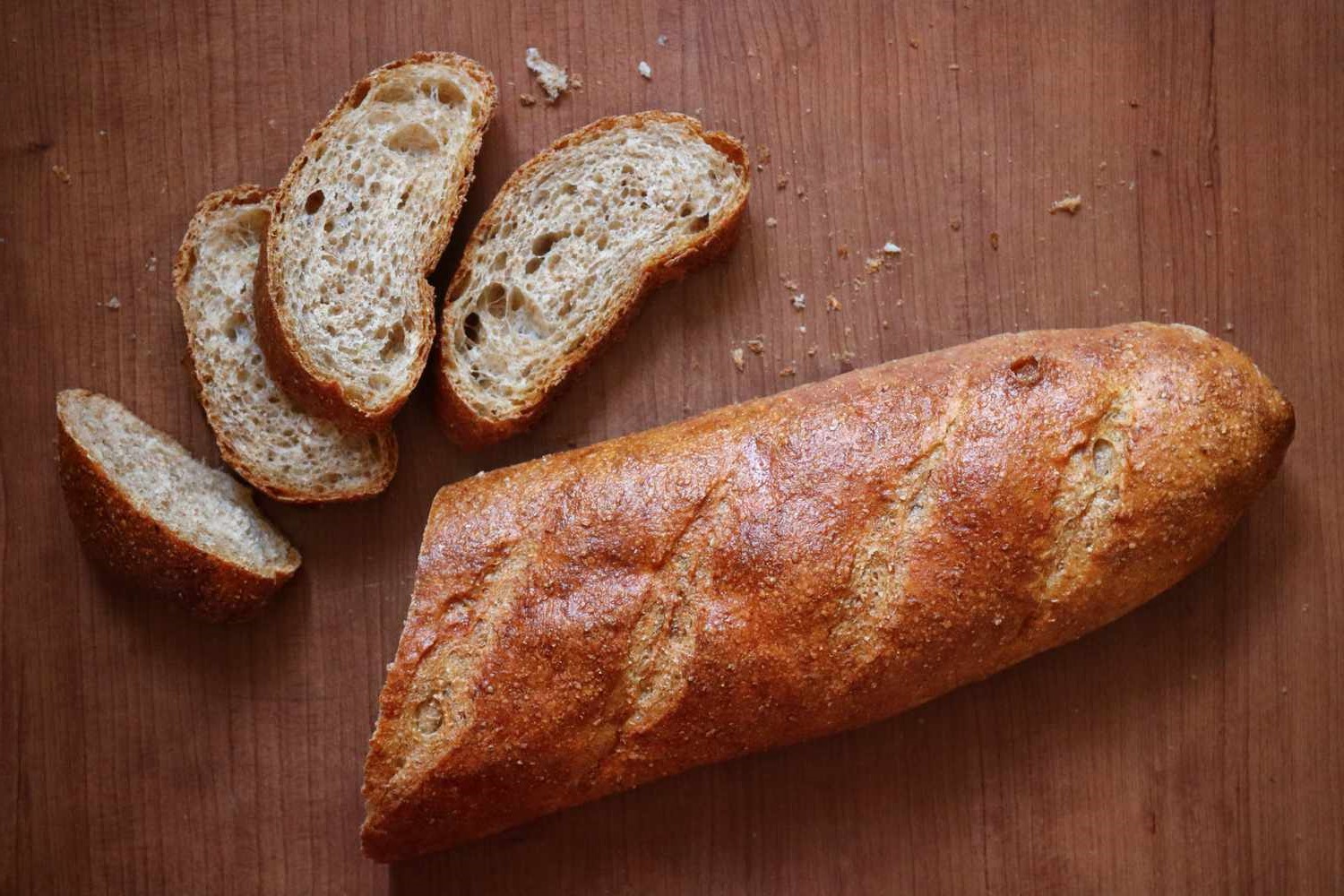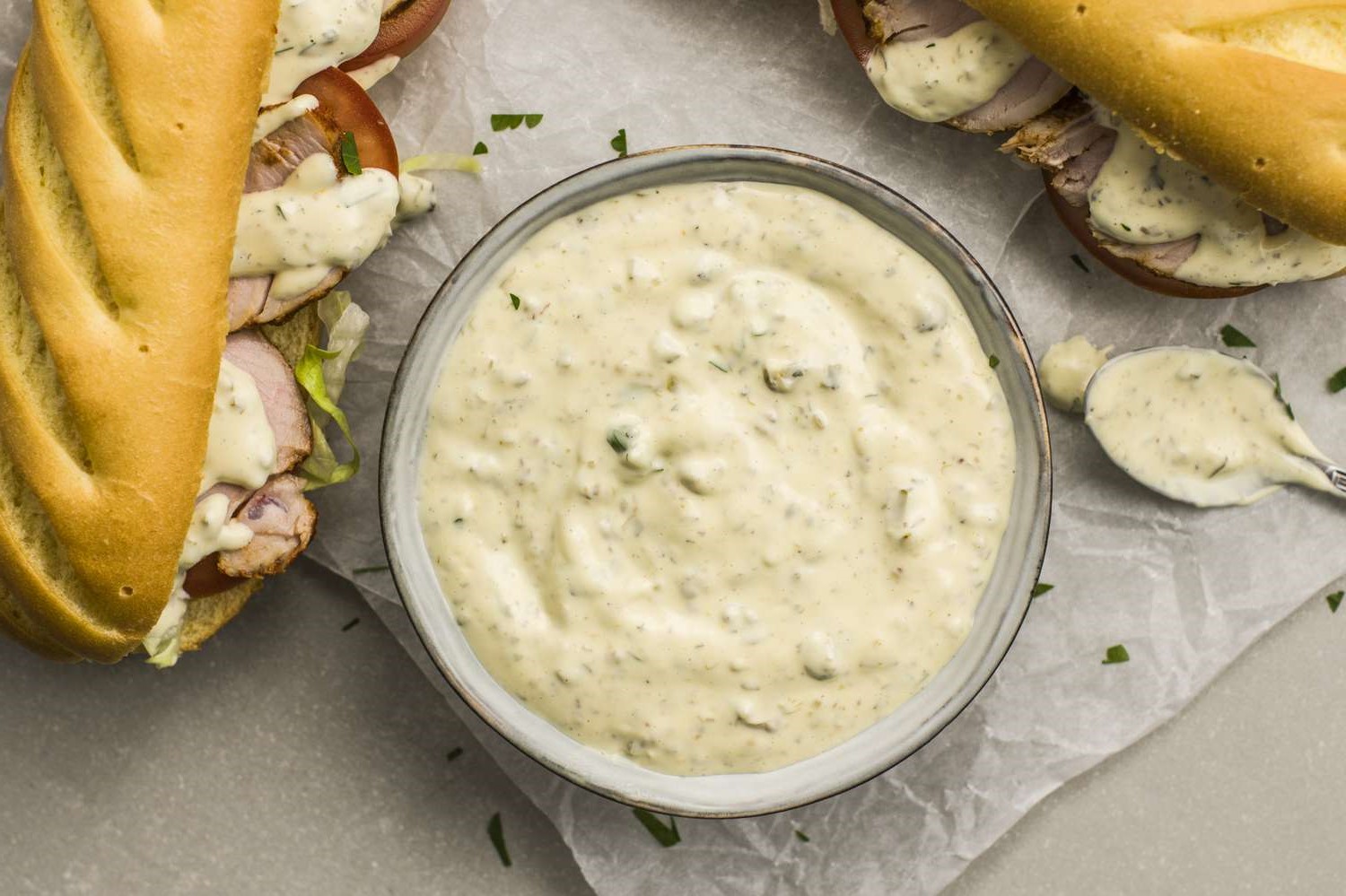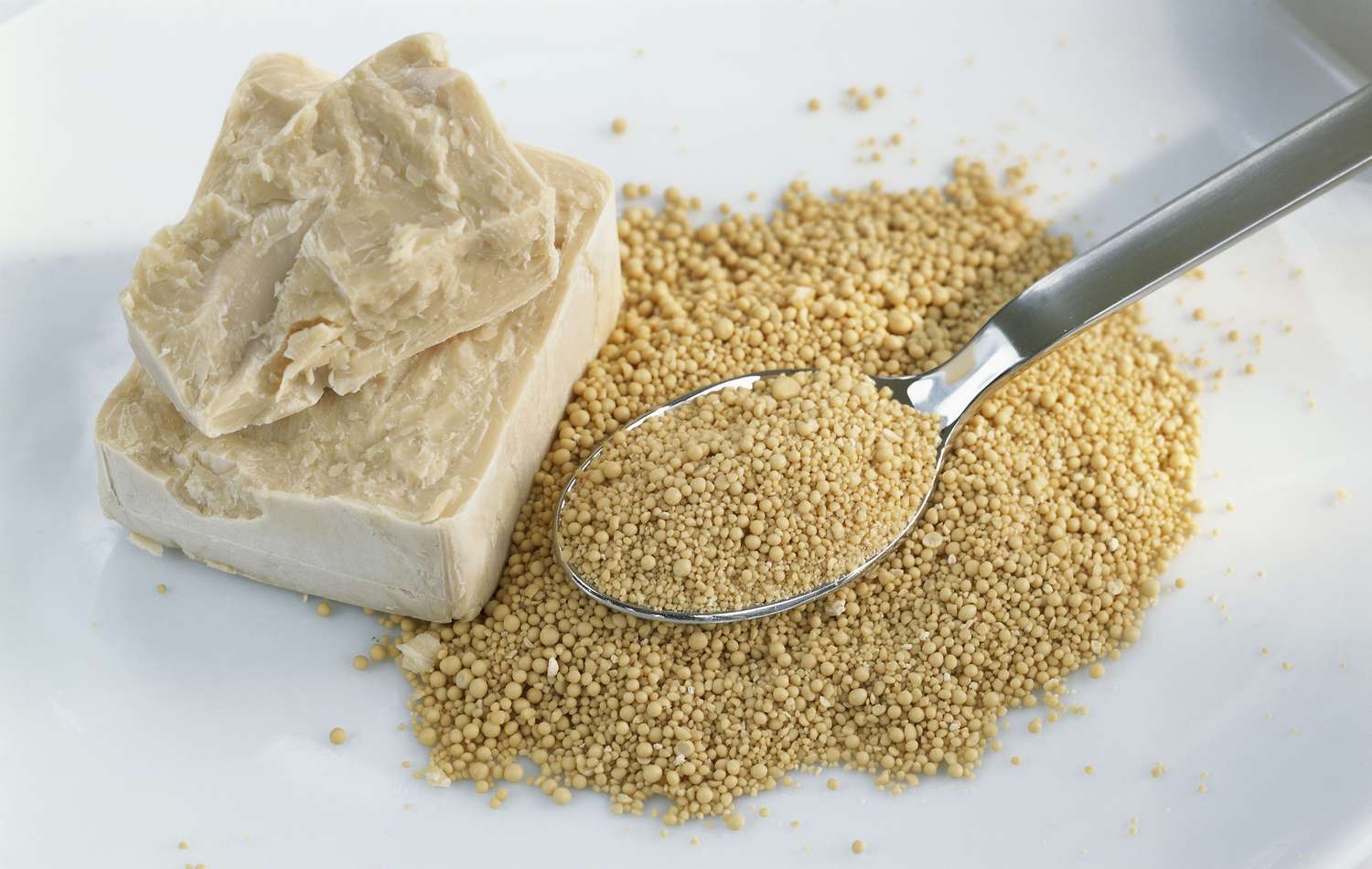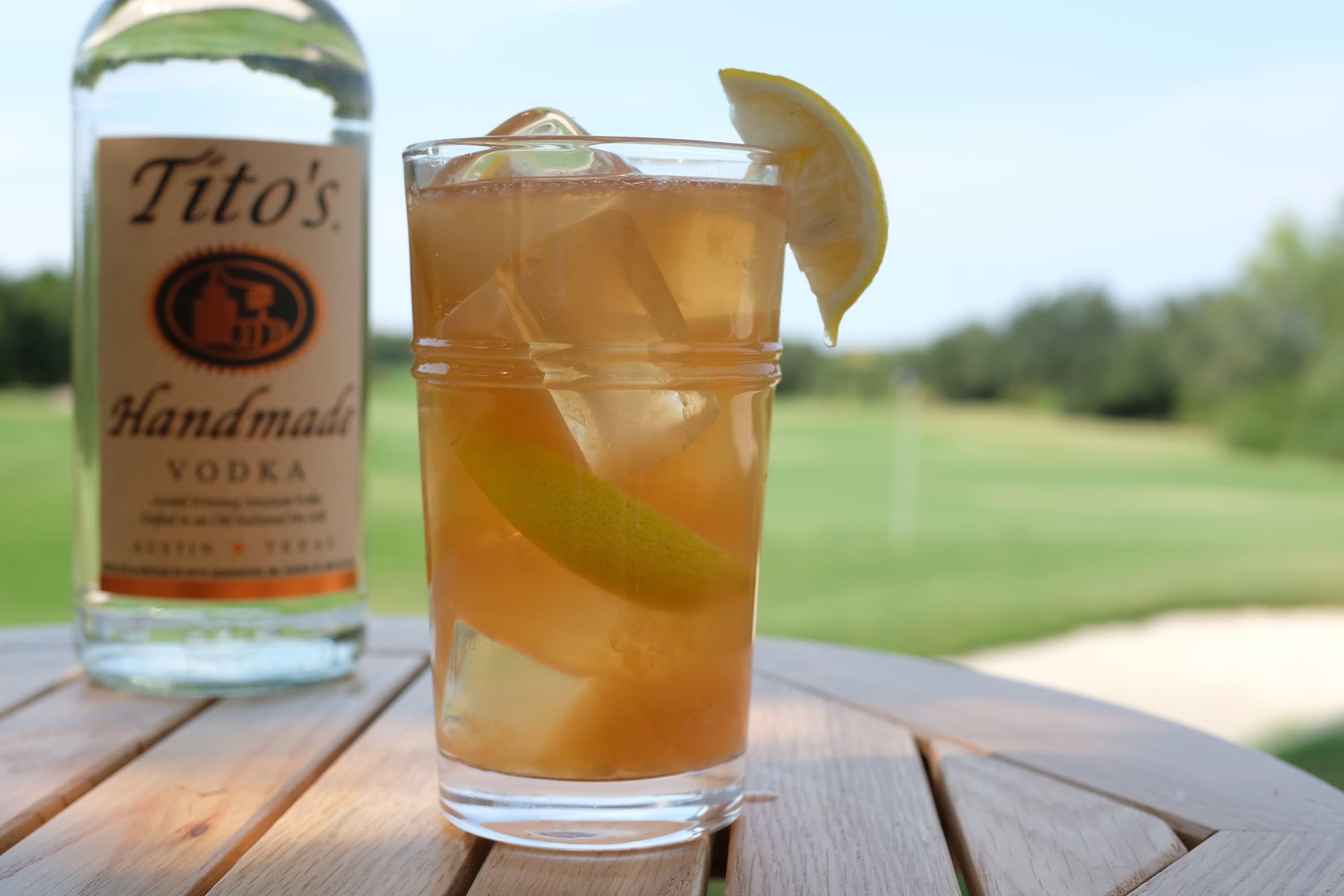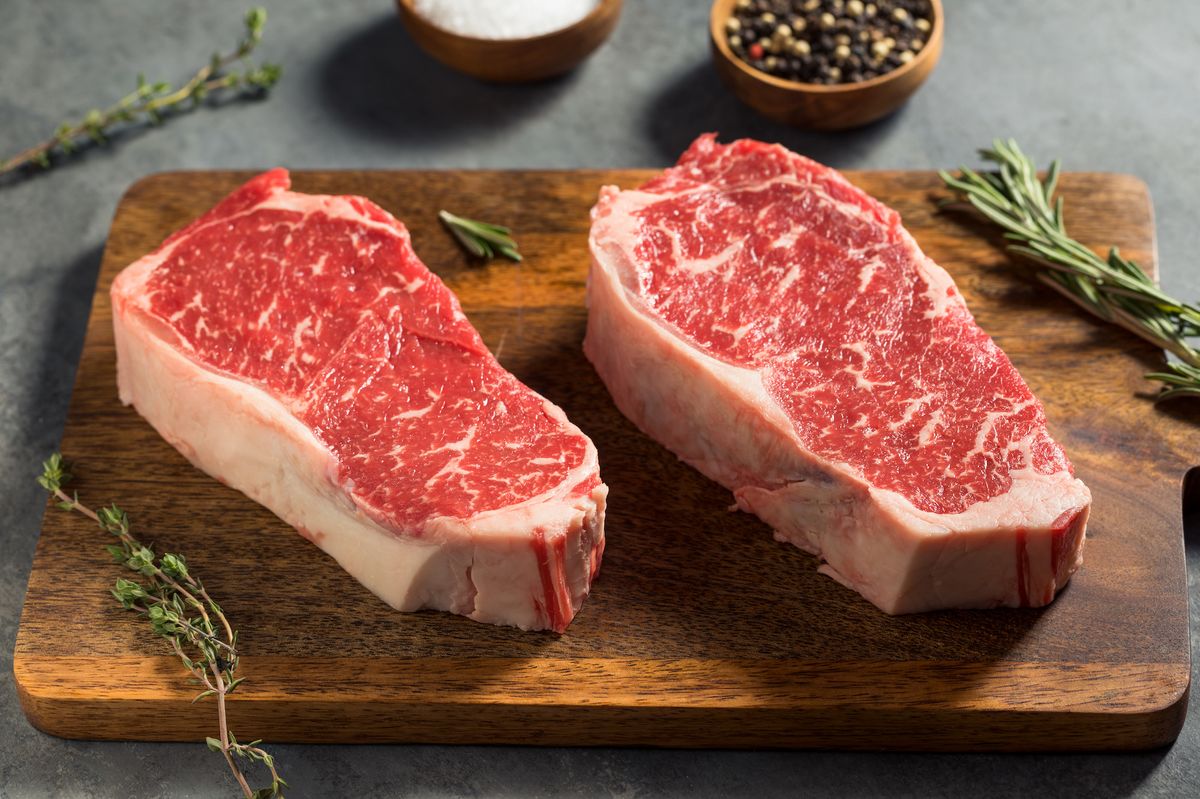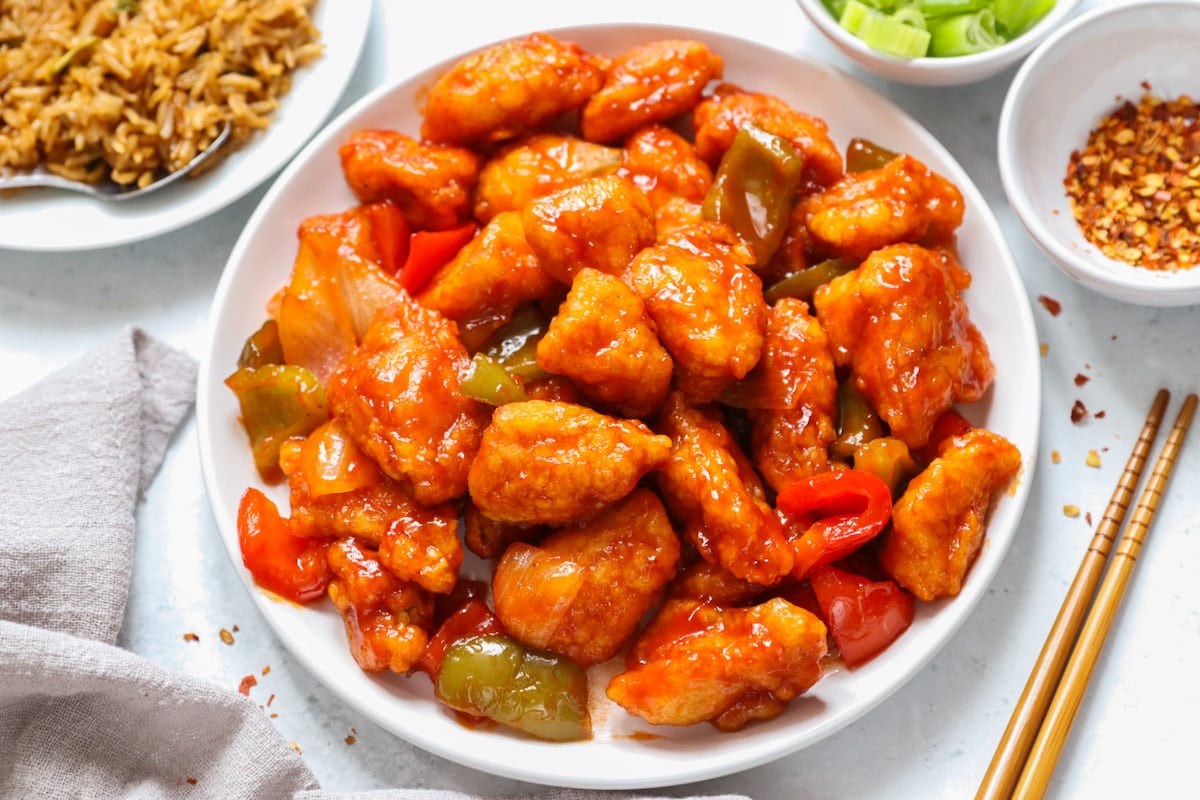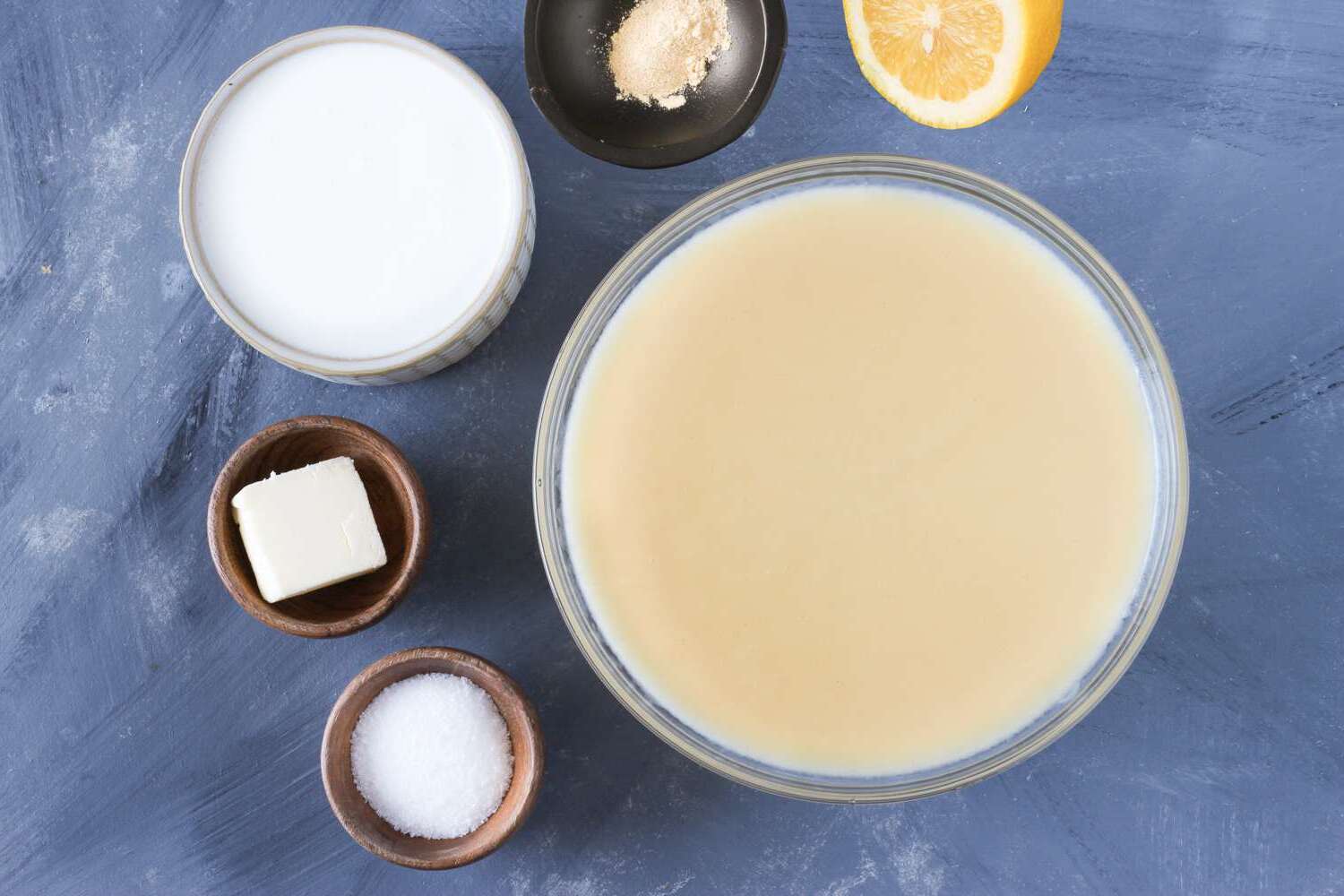Understanding Purée: A Guide to this Versatile Food
When it comes to food, there are countless ways to prepare and enjoy it. One popular method of food preparation is creating purées. But what exactly is purée, and how is it used in cooking? Let’s delve into the world of purées and explore their many uses and benefits.
What is Purée?
A purée is a type of food that has been ground, pressed, blended, or sieved to create a smooth, creamy consistency. This process results in a texture that is free of any solid pieces, making it ideal for certain culinary applications. Purées can be made from a variety of ingredients, including fruits, vegetables, legumes, and meats.
Types of Purées
There are several types of purées, each with its own unique characteristics and uses:
- Fruit Purées: These are made by blending or processing fruits such as bananas, berries, or mangoes into a smooth, thick consistency. Fruit purées are often used in desserts, smoothies, and sauces.
- Vegetable Purées: Vegetables like carrots, peas, and sweet potatoes can be cooked and mashed to create flavorful and nutritious purées. These are commonly used as baby food or as a base for soups and sauces.
- Legume Purées: Legumes like chickpeas, black beans, and lentils can be puréed to make creamy dips, spreads, or fillings for dishes like falafel or veggie burgers.
- Meat and Fish Purées: These purées are made by blending cooked meats or fish with liquid to create a smooth, easily digestible texture. They are often used for individuals who have difficulty chewing or swallowing solid foods.
Uses of Purées in Cooking
Purées are incredibly versatile and can be used in a wide range of culinary applications. Some common uses of purées include:
- As a base for soups and sauces
- As a filling for pastries and desserts
- As a component of smoothies and beverages
- As a topping for meats, fish, or vegetables
- As a nutritious and flavorful baby food option
The Benefits of Using Purées
There are several benefits to using purées in cooking:
- Nutrient Retention: Purées retain the nutrients and flavors of the original ingredients, making them a healthy addition to various dishes.
- Texture Enhancement: Purées can add smoothness and creaminess to foods, enhancing their overall texture and mouthfeel.
- Flavor Infusion: Purées can be used to infuse dishes with concentrated flavors, adding depth and complexity to the final product.
- Dietary Adaptation: Purées can be used to accommodate individuals with specific dietary needs, such as those requiring soft or easily digestible foods.
Conclusion
Whether you’re looking to add a burst of flavor to your dishes, create a creamy base for your soups, or provide a nutritious option for individuals with special dietary requirements, purées are a valuable addition to any cook’s repertoire. Experiment with different ingredients and techniques to discover the endless possibilities that purées offer in the culinary world.
So, the next time you’re in the kitchen, consider incorporating a purée into your recipe and experience the delightful transformation it brings to your dishes.
Was this page helpful?
Read Next: What Is Whole Milk Cheese?
